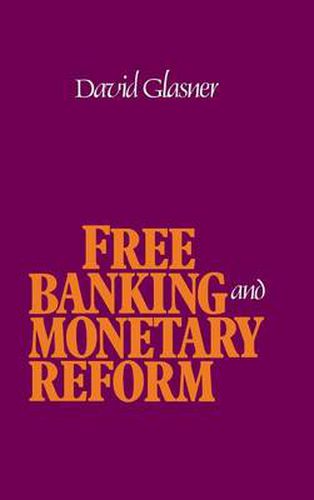Readings Newsletter
Become a Readings Member to make your shopping experience even easier.
Sign in or sign up for free!
You’re not far away from qualifying for FREE standard shipping within Australia
You’ve qualified for FREE standard shipping within Australia
The cart is loading…






The power of the state to issue currency and control the monetary system is so entrenched, and the presumption among economists that money must be supplied monopolistically by a central authority is so widespread, that the notion that money could be supplied competitively has rarely been taken seriously. This book boldly challenges the conventional view that the state must play a dominant role in the monetary system. Part I explores the historical evidence and examines how a well-developed monetary system might have developed without any special role for the state. Part II offers a theory for a competitive supply of money and uses it to shed light on the development of monetary theory and the course of monetary history over the past two centuries. In Part III the author outlines new proposals for monetary reform that will protect the financial system against instability and will ensure macroeconomic stability.
$9.00 standard shipping within Australia
FREE standard shipping within Australia for orders over $100.00
Express & International shipping calculated at checkout
The power of the state to issue currency and control the monetary system is so entrenched, and the presumption among economists that money must be supplied monopolistically by a central authority is so widespread, that the notion that money could be supplied competitively has rarely been taken seriously. This book boldly challenges the conventional view that the state must play a dominant role in the monetary system. Part I explores the historical evidence and examines how a well-developed monetary system might have developed without any special role for the state. Part II offers a theory for a competitive supply of money and uses it to shed light on the development of monetary theory and the course of monetary history over the past two centuries. In Part III the author outlines new proposals for monetary reform that will protect the financial system against instability and will ensure macroeconomic stability.